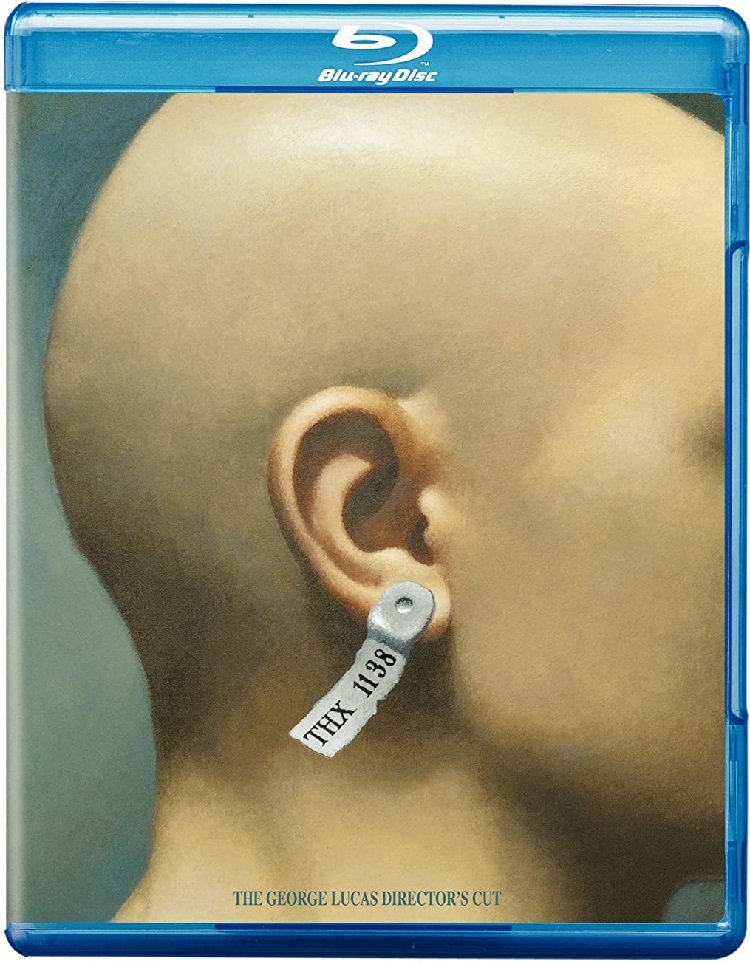Written by Ben Platko
Palaces of Pity
Consisting of beautifully disjointed scenes, and echoing The Fountain, Palaces of Pity exists cinematically in a very odd place – somewhere between imagination, dream, and memory. The whole film feels odd, too. Every shot is beautiful, the story is magnificent, the sound design and pacing are exceptional, but it feels incomplete.
Two teenage cousins, Margerida and Ana, live with their dying grandmother as she decides which one to leave her estate to. The film begins to explore the relationships between the cousins, their grandmother, and their circle of friends.
Palaces of Pity has the air of memory about it. We have a tendency to remember our lives as a series of moments, which is exactly how the film behaves. It ambles along, often idly pointing out unimportant details (as we do when recalling the past). When the film ends, we are given a false sense of closure. Barely anything is resolved, but nothing began either, and how can you end something that didn’t begin? If Palaces of Pity is a stream of memories, we are constantly dropped in the middle of them, and (with the exception of a medieval dream sequence) they are never allowed to fully resolve. What we are left with is a film that force the audience’s subconscious to fill in its holes.
Among everything that Palaces of Pity left unexplored is sexual identity. Clearly told from the perspective of two teenage girls, much of the film has a sexual energy that permeates it like a subtle change in atmospheric pressure. No one ever acknowledges it, but it’s there. This is perhaps the best character development in the film, though: sexuality is present in the world around them (as they see it), but it hasn’t taken center stage – they haven’t explored it yet.
Many of the shots were held too long. If the dead air were replaced with story and character development, a much stronger film would emerge. Perhaps this is my infatuation with Hollywood storytelling peeking through, and I just want all of the metaphor explained without working for it, but it felt like a short – like drawn-out flash fiction instead of the plump rounded feature that it could have been.
THX 1138

Continuing the tradition of showing films screened at previous iterations of the festival, George Lucas’s first feature film was the selection for a special midnight screening (Lucas’s student version of the film screened at the 6th Ann Arbor Film Festival in 1968). THX 1138 plays more like a novel than a film. Moving slowly, Lucas pulls the audience through a dystopian future steeped in Orwell and Rand. Perhaps taking the adage “show, don’t tell” a bit too literally, the film takes on a sedated, almost anesthetized, feel.
Maggie McOmie stars as LUH 3417 who, in a society that has outlawed sex and uses medication to control is citizenry, consciously stops taking her drugs. LUH also switches the medication of her roommate, THX 1138 (Robert Duvall). Without the repressive sedatives, THX and LUH begin to experience genuine emotion for the first time, and LUH becomes pregnant. Under constant surveillance, THX and LUH are discovered, separated, and jailed. With the help of a former hologram (whose existence is just barely inside the audience’s suspended disbelief) THX attempts to escape the oppressive city.
Honestly, I can’t find much fault with THX 1138. Some of the acting is a bit stilted, but it fits perfectly. The film features a definite and unwavering visual styling throughout. There is very little dialogue, the consequence being that Lucas could focus on building a believable environment that takes on a character of its own. The sound design was cutting edge when it was released, and you can make out some sound effects that were revisited in Star Wars a few years later.